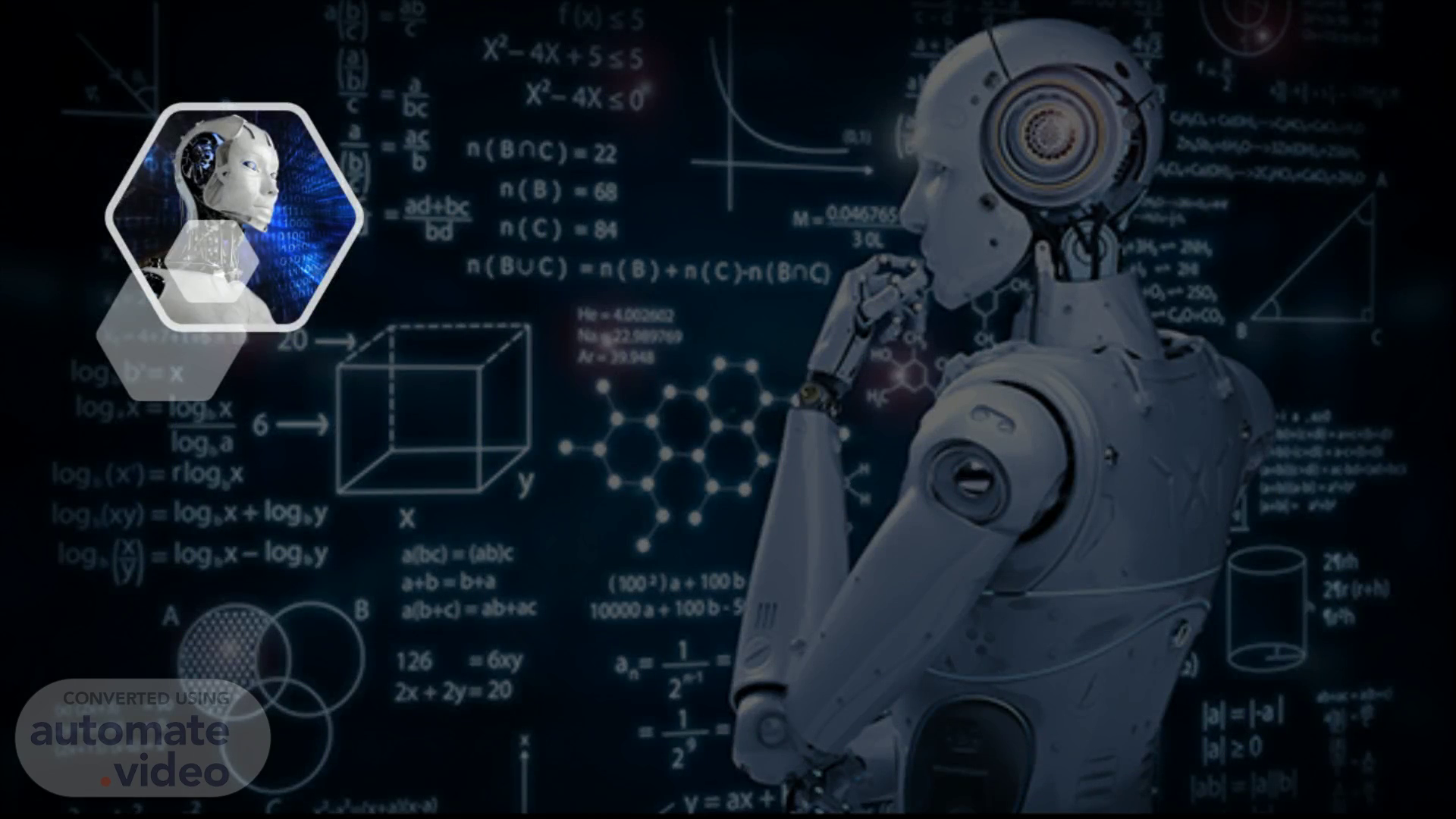Scene 1 (0s)
001 •eon) ot (one)u —x•6q •601 + (Ax)' 601 = (Y) • 601 = x•601 x =.q'601 .osxv-tx SS s + xv-tx.
Scene 2 (10s)
Who are Robots?. Intersection of science, engineering and technology produces machines called robots. They are the one that can be programable by computer and can assist human actions..
Scene 3 (25s)
How do Robots Function?. Independent Robots- Independent robots are capable of functioning completely autonomously and independent of human operator control. These typically require more intense programming but allow robots to take the place of humans when undertaking dangerous/ impossible tasks, deep-sea travel to factory automation. Dependent Robots- Dependent robots are non-autonomous robots that interact with humans to enhance and supplement their already existing actions. This is a relatively new form of technology and is being constantly expanded into new applications.
Scene 4 (49s)
Components of a Robot. The Main Components of a robot are: Control System- Includes all the components that make up a robot’s central processing unit, often referred to as its control system. Sensors- Provide a robot with stimuli in the form of electrical signals that are processed by the controller and allow the robot to interact with the outside world. Actuators- They are the components that are responsible for the movement of robots. These components are made up of motors that receive signals from the control system. Power Supply- Like the human body requires food in order to function, robots also require power. Robots found in factories may run on AC power. Safety, weight, replaceability and lifecycle are all important factors to consider when designing a robot’s power supply. End Effectors- End effectors are the physical, typically external components that allow robots to finish carrying out their tasks..
Scene 5 (1m 27s)
USES Of BOBors IN REAL WORLD EVERYDAY LIFE. Uses of Robots.
Scene 6 (1m 55s)
USES Of BOBors IN REAL WORLD EVERYDAY LIFE. Home- Robots can be seen all over our homes, helping with chores, reminding us of our schedules and even entertaining our kids. The most well-known example of home robots is the autonomous vacuum cleaner Roomba. Travel- A combination of data science and robotics, self-driving vehicles are taking the world by storm. Automakers like Tesla, Ford, Waymo, Volkswagen and BMW are all working on the next wave of travel that will let us sit back, relax and enjoy the ride autonomously. Healthcare- Robots have made enormous strides in the healthcare industry. These mechanical marvels have use in just about every aspect of healthcare, from robot-assisted surgeries to bots that help humans recover from injury in physical therapy..
Scene 7 (2m 27s)
Thank you Insert the title of your subtitle Here ill.
